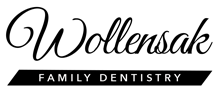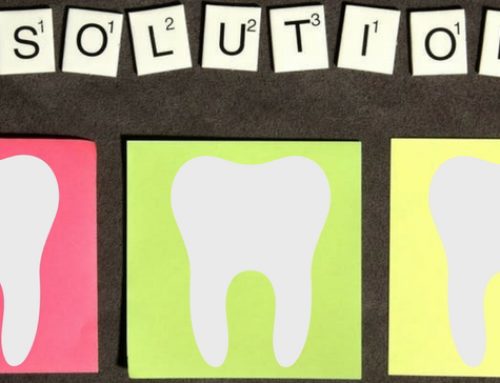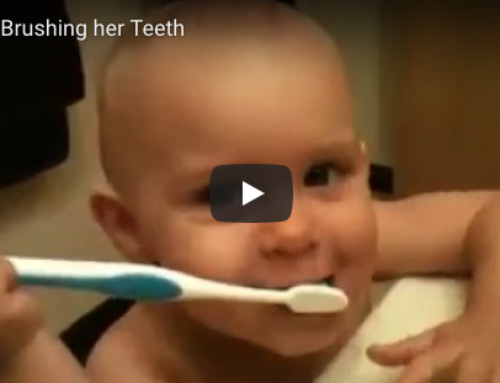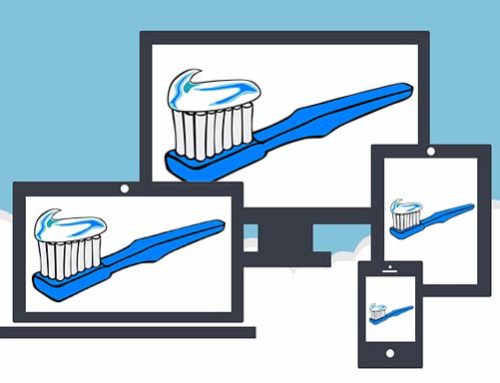 Sawing wood, getting Zs. Everyone snores at least sometimes, but this seemingly benign and annoying activity can be a signal of a much more serious underlying problem.
Sawing wood, getting Zs. Everyone snores at least sometimes, but this seemingly benign and annoying activity can be a signal of a much more serious underlying problem.
Sleep-disordered breathing is a spectrum of conditions that can range from simple snoring to obstructive sleep apnea, a condition where a person stops breathing for a short period multiple times over the course of the night resulting in interruptions in sleep preventing you from having a normal, restful sleep cycle. Obstructive sleep apnea (OSA) is the most common form of sleep-disordered breathing.
Risk factors include
- obesity
- male gender
- nasal obstruction
- under-active thyroid
- alcohol and tobacco use
- sedative use
- menopause in women
- Large tonsils; especially in children
Yes, children are affected as well as adults. Got a bedwetter at home? Pediatric OSA can contribute to bed wetting.
Symptoms include loud snoring, cessation of breathing during sleep as reported by bed partners, excessive tiredness during the day, poor memory and concentration, loss of libido, and night sweats among other symptoms.
OSA is associated with several serious medical conditions. Here are some statistics relating OSA with these health problems:
- Cardiovascular disease. Approximately 76% of people with congestive heart failure also have sleep-disordered breathing. Obstructive sleep apnea is noted in up to 70% of heart attack victims.
- Studies have shown that up to 83% of patients with high blood pressure have sleep apnea.
- 48% of people with type two diabetes have sleep apnea.
- 65% of stroke patients have sleep-disordered breathing.
- People with moderate to severe sleep apnea have up to a 15 fold increase of being involved in traffic accidents.
Despite recent increased awareness of sleep-disordered breathing, it has been suggested in several studies that 93% of women and 82% of men who show signs and symptoms of obstructive sleep apnea are undiagnosed.
Do you or someone you know exhibit these signs or symptoms? If so, you should consult your physician and see about having a sleep study done. Once diagnosed, OSA is usually treated using a CPAP machine. However many people find the CPAP machine bulky and uncomfortable. An effective alternative to the CPAP device is an oral appliance which positions your jaw to maximize the opening of your airway allowing you to breathe normally as you sleep.
Appliances of this type are made by your dentist and are usually covered by your medical insurance.
If you’re wondering if you or a loved one is affected by OSA, there are a couple of screening tests you can take.
The Epworth Sleepiness Scale
The Epworth sleepiness scale is a survey designed to assess your risk for obstructive sleep apnea. The questions are provided in the link (downloadable) and provide insight as to whether you should seek treatment.
There is also an app you can get for your phone called “Snore Lab“. I downloaded mine from the app store. This app records, measures and tracks your snoring and presents it in graphical form. This information will give you some insight into your snoring and give you readings which you can share with your doctor or dentist.
You can find more information on this topic on my website under our “Services“ page.
Please share this post with family and friends whom you think may benefit from it.





